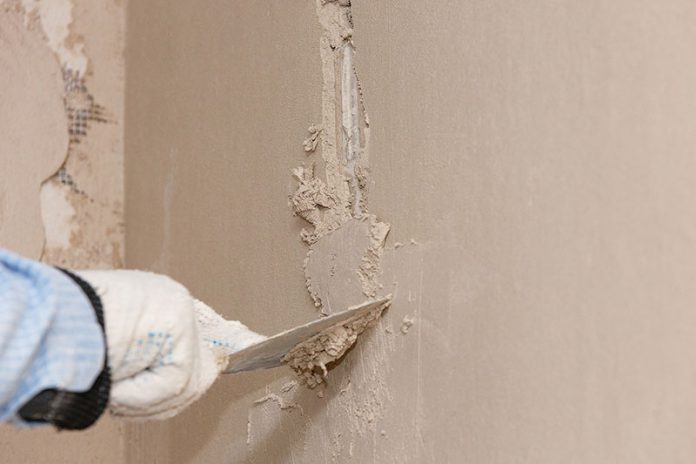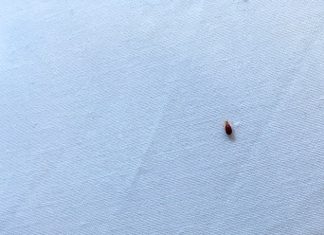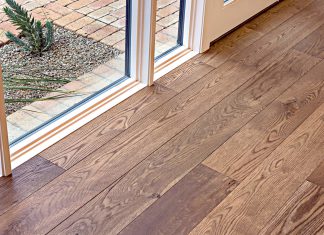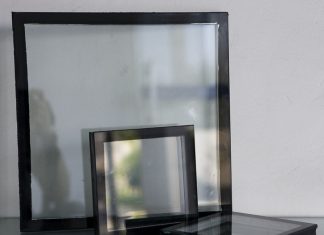Many property owners widely employ stucco to enhance the aesthetic quality of their home’s exterior. That said, occasions might arise when this popular material might need remediation. Interested parties can continue reading to learn more about this material and important information related to stucco repair, from Golden Trowel Stucco.
Stucco Overview
Stucco is a type of plaster used to decorate exterior facades. The material is comprised of ingredients like sand, water and cement. Once properly mixed, said substance is applied to a surface and can be created to meet specific design standards.
Types Of Stucco
The two most popularly used forms of the substance include traditional and two-coat.
Traditional
This form is applied to wood surfaces over a three-phase undertaking. During the first phase, what is known as a scratch coat is placed atop metal lath covering the construction in question’s exterior regions. Once this stage is completed, applicants add a brown coat, which provides the final finish coat foundation.
Two-Coat
Typically, this formula is used on harder surfaces like concrete and brick. The first step in this process is the application of an adhesive substance. Once said material binds, two stucco coats are applied to the surface in question.
How Often Should Stucco Be Inspected?
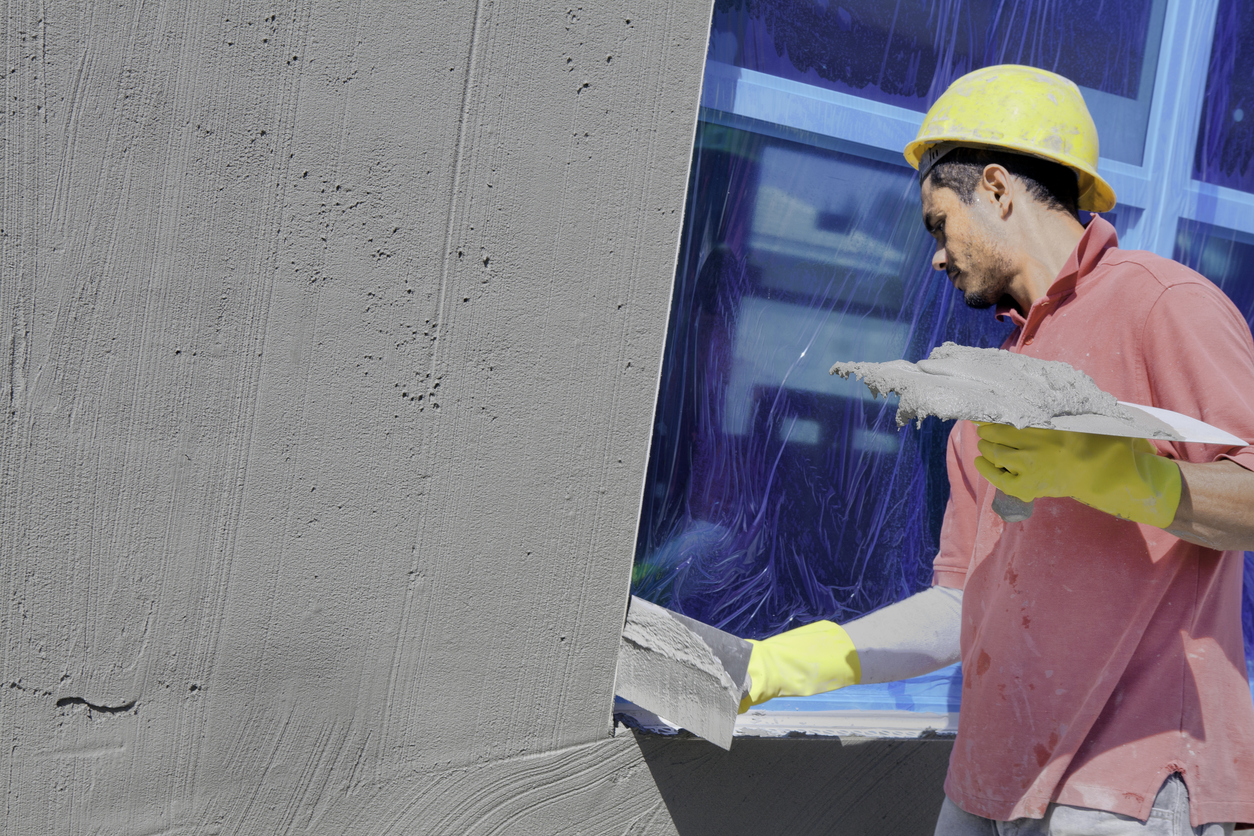
Contracting professionals suggest stucco finishes be inspected at least once a year by the entity which applied the product or an establishment employing individuals possessing significant experience performing said task.
Signs Stucco Repair Is Necessary
There are several signs to look out for, including:
Water Damage
Stucco cannot trap water. Therefore, once water contacts the substance, liquid penetrates deep inside, resulting in appreciable deterioration.
That said, in its earliest stages, water-related stucco deterioration will not appear on the material itself but surrounding features such as windows, roofs and walls. Individuals are cautioned to be extra vigilant about snuffing out brown streaks or strains appearing at the corner of a construction’s windows or at the point where the roof and exterior walls intersect. Additionally, homeowners might notice fading or discoloration beneath their windows bases.
In addition to the preceding issues, water damage can precipitate other, more significant problems like the development of health-impeding substances such as mildew and mould. Should these products be visible on the stucco itself or adjacent to exterior features like windows, shudders, and doors, there is a good chance stucco has sustained discernible water damage.
Age-Related Issues
Properly applied stucco can remain in optimal conditions for decades. However, minor to moderate concerns like cracking or chipping might occur from time to time. Construction professionals typically attribute these untoward events to extreme weather phenomena like wind, rain, and heat, in addition to the damage inflicted by creatures such as insects and rodents.
Insufficient Installation
Stucco must be appropriately mixed and applied. Occasionally, those lacking the skill or experience necessary to execute said tasks perform such jobs. Ergo, if stucco fades shortly after being installed, the process was likely completed by someone who was not qualified to take on said job.
The Stucco Repair Process
Industry insiders suggest that any of the issues above should warrant consultation with a professional stucco installer as soon as possible. Representatives of said entities will perform a thorough evaluation and determine the best form of remediation. Specific repair efforts will depend upon the underlying cause and the damage’s severity.
However, most fix-it endeavours will involve several common steps. These include removing loose or damaged stucco, protecting the surface in question, mixing a new stucco preparation, applying the new material, and scratching the new material into place. However, many coats are needed to complete the process.
